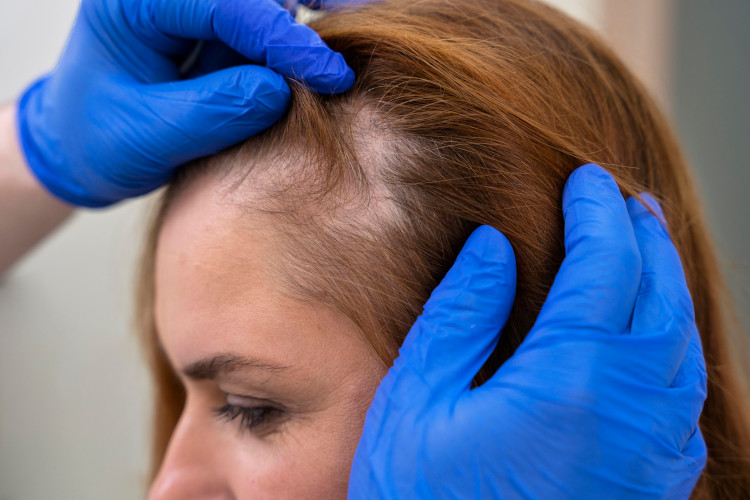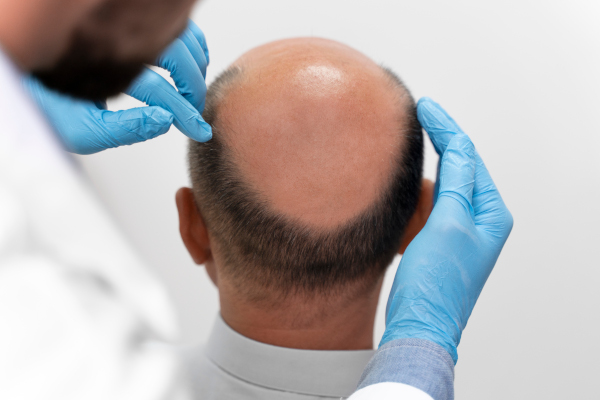If you are considering hair transplant Reading PA, now you can find the state of art technology so close to you. Hair loss can significantly impact one’s self-esteem and confidence, leading many individuals to explore options for hair restoration. Traditional hair transplant methods, such as Follicular Unit Transplantation (FUT) and Follicular Unit Extraction (FUE), have long been popular choices. However, recent technological advancements, particularly in robotic hair transplant procedures, have revolutionized the field of hair restoration.
Current Technology:
Robotic hair transplant procedures utilize advanced robotic systems, such as the ARTAS Robotic System, to assist surgeons in the harvesting and transplantation of hair follicles. These systems incorporate artificial intelligence, precision robotics, and digital imaging to enhance the accuracy and efficiency of the procedure.
- Digital Imaging: Before the transplant, high-resolution digital imaging is used to map the patient’s scalp, identifying optimal donor hair follicles and creating a personalized transplant plan.
- Robotic Harvesting: The robotic system precisely extracts individual follicular units from the donor area with minimal trauma to the surrounding scalp. This automation ensures consistency and reduces the risk of human error.
- Recipient Site Creation: The robotic system can also create recipient sites on the recipient area with unparalleled precision, ensuring natural-looking results and maximizing the survival rate of transplanted follicles.
- Implantation: After harvesting and recipient site creation, the surgeon manually implants the harvested follicles into the recipient area, ensuring proper angulation and density for a natural appearance.
Benefits of Robotic Hair Transplant:
- Precision and Accuracy: Robotic systems offer unmatched precision in both donor hair extraction and recipient site creation, resulting in more natural-looking outcomes and improved follicle survival rates.
- Minimally Invasive: Robotic hair transplant procedures are minimally invasive, leading to faster healing times, reduced scarring, and minimal discomfort for the patient.
- Customization: Digital imaging technology allows for precise customization of the transplant plan according to each patient’s unique hair loss pattern and aesthetic goals.
- Consistency: Robotic systems ensure consistency in graft harvesting and implantation, reducing the variability often associated with manual techniques.

Candidates for Robotic Hair Transplant Reading PA
- Male and Female Pattern Baldness: Individuals experiencing male or female pattern baldness, characterized by gradual hair loss along the hairline, crown, or top of the scalp, are ideal candidates for robotic hair transplant.
- Hairline Recession: Those with receding hairlines or thinning hair at the front of the scalp can benefit from robotic hair transplant to restore a natural-looking hairline.
- Scarring Alopecia: Patients with scarring alopecia resulting from trauma, surgery, or certain medical conditions may benefit from robotic hair transplant to camouflage scars and restore hair growth.
- Hair Loss Due to Injury or Burns: Individuals who have experienced hair loss due to injury, burns, or other trauma can undergo robotic hair transplant to restore hair growth in the affected areas.
- Stable Hair Loss: Candidates should have stable hair loss patterns, as ongoing hair loss may require additional transplant sessions in the future to maintain desired results.
ARTAS Robotic System
ARTAS stands as a pinnacle in hair restoration technology, embodying precision, efficiency, and innovation. Developed by Restoration Robotics, this system integrates advanced algorithms, digital imaging, and robotic precision to identify and harvest the healthiest hair follicles from the donor area with unparalleled accuracy. Its robotic arm, armed with specialized tools, meticulously extracts follicular units while minimizing trauma to the surrounding scalp, resulting in faster healing and reduced scarring. Through sophisticated software, the ARTAS System enables real-time adjustments, ensuring optimal graft harvesting and recipient site creation tailored to each patient’s unique hair loss pattern and aesthetic preferences.
By combining cutting-edge robotics and artificial intelligence, the ARTAS System has revolutionized the hair transplant industry, offering patients natural-looking results and a minimally invasive approach to hair restoration.
Hair Transplant Pottstown PA
Robotic hair transplant represents a significant advancement in hair restoration technology, offering precision, customization, and natural-looking results for individuals seeking to address hair loss. While suitable for various types of hair loss, candidates should consult with a qualified surgeon to determine if robotic hair transplant is the right option for their specific needs and goals. If you need to know further information and evaluation for hair transplant in Reading PA, call us today.



